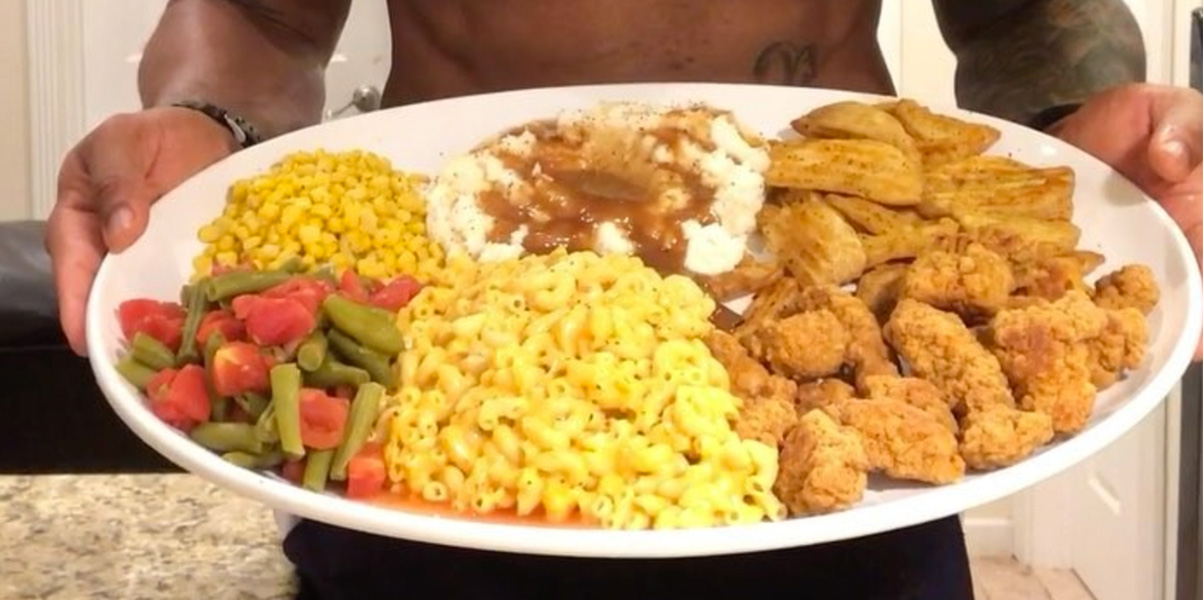Nutrition is part of the foundation of a fit life. However, sticking to any one diet for a longer period of time can prove challenging. It doesn’t matter how effective a nutrition plan is, if it isn’t reasonable enough to maintain long term. Thus, we’ve forever been on the hunt for the nutrition plan that allows us to eat whatever we want and still achieve our body composition goals. Enter flexible dieting.
Also called “IIFYM” (if it fits your macros) flexible dieting requires tracking your macronutrients (carbs, protein and fat) to achieve a body composition goal — gaining, losing or maintaining weight. Since all that matters is hitting your required macronutrient numbers, it doesn’t matter how you hit them. In other words, you can eat whatever you want… as long as it fits your macros.
How Flexible Dieting Works
The total number of calories you burn in a day is called your total daily energy expenditure (TDEE). In the simplest form, if you want to lose weight, you need to eat fewer calories than your TDEE. If you want to gain, you must eat more.
Now, you don’t manipulate these numbers simply by blindly adding or subtracting calories. According to flexible dieting, of utmost importance is how exactly you manipulate each macro. If you want to lose body fat, you won’t typically subtract from protein calories, because these are so vital to muscle health. Instead, you’ll probably start with reduced carbs or fats, depending on your activity level.
On the other hand, if you want to add mass, you don’t just eat whatever you want — a common myth about flexible dieting. It’s much more strategic. You might start with adding an extra 10 to 20 grams of carbs right after training.
The Positives
Let’s start with the most important plus of all: flexible dieting works and anybody can do it. From the pro athlete to the newbie, any person can have a macro program made specifically for them. While some people may not like it, it’s basic science and math – and it’s hard to argue that.
Aside from aesthetics and body composition, flexible dieting is also a game-changer when it comes to your performance. For instance, very often, athletes find they’re actually consuming fewer carbs than they need. When they up their numbers, they sometimes see immediate results in the gym.
Plus, flexible dieting really and truly does allow you to eat the foods you love and still work toward a goal. In so many ways, macro dieting is the best of both worlds: structure and planning to hit your goals, and freedom.
The Drawbacks
Some people are turned off by the initial work involved in setting up your program. There are equations and IIFYM calculators online to make it easier (using stats like your height, weight and activity level), but there is also some guess work and experimenting required. The initial numbers you set might not be what you need, and you’ll need to play around with them to find the proper combination.
Secondly, there’s one important misconception you need to know before trying flexible dieting. While you can eat whatever you want as long as it fits your macros and achieve your body composition goals, know that flexible dieting doesn’t take your health or performance into account — that’s your responsibility! So, while you might be hitting your numbers and getting the body of your dreams, if you’re hitting your macros by eating donuts and chips, you won’t feel that great or perform very well in the gym. Nothing trumps wholesome, nutritious foods.
Something else people might consider a drawback with macro dieting is that you have to weigh, portion and log all your food. Yes, it’s one more step when you’re preparing a meal. But once you get the hang of it, it can be done in less than a minute.
The Verdict
What’s garnered flexible dieting so many fans is that it has truly embodied the meaning of its own name: it’s probably the most flexible diet you will ever find. (To be accurate, it’s not even a diet — it’s a lifestyle.) There’s a reason so many pros swear by it. However, to be fair, it’s important to point out that what works for one person might not be loved by another. Should you explore flexible dieting if it’s of interest to you? Yes. But at the end of the day, you have to find the best fit for you.
Main image: Katrin Davidsdottir/Instagram














